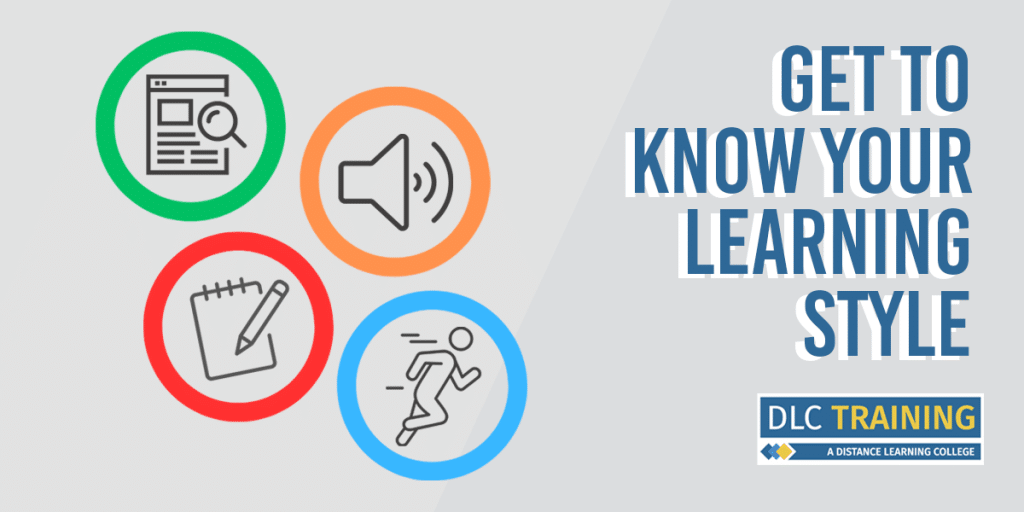Lots of research has gone into learning styles over the years, and there’s a good reason for this. Learning, at its essence, is the acquisition of new knowledge. Without the ability to acquire new knowledge, we wouldn’t be able to grow in our personal or professional lives. It’s important for us to hone our skill of learning, and work out which methods work best for us, to continue to grow as much as we can.

Learning How to Learn
When we leave full-time education, our major source of new knowledge is no longer available. Therefore it is crucial for us to know how to go about learning for ourselves. By understanding the different learning styles, we can determine which methods work best for us as individuals. When we then try to learn something new, we can put in place the most suitable learning method to optimise our learning.
By learning how to learn, we can:
- Increase personal and professional growth
- Open up opportunities for promotion
- Build confidence
- Support the brain’s cognitive functions
- Improve our mental health
VARK Learning Styles
The VARK model is one of the most popular and straightforward models created to understand learning styles. Developed in 1987 by Neil Fleming, the model focuses on four key learning styles and suggests that every person has their preference. These include:
Visual
Visual learners retain information best by seeing. To take in new knowledge, they need information to be presented in an appealing way, rather than in a written format. Activities need to include graphic displays such as charts, illustrations and diagrams. Visual learners also enjoy demonstrations and colour-coded notes, which is a great revision technique.
Auditory
Auditory learners retain information best by hearing it. To take in new information, they need to be able to sit back and have information presented to them. Activities need to include lectures, audiobooks and podcasts. Additionally, auditory learnings may enjoy reading from a text book out loud. It’s also important to note that auditory learners need a quiet study environment to get the best out of their study time.
Reading and Writing
To take in new knowledge and information, those who lean towards the reading and writing style need to be able to absorb information from written materials and also make their own notes to reflect on. Their studies need to include time for independent reading, notetaking, and highlighting. Read and write learners will mix up their studying by using creative ways to make notes such as using presentations.
Kinaesthetic
Kinaesthetic learners retain information best by doing. To take in new information, they need to be able to get involved with activities and demonstrations. Activities need to include some physical activity that doesn’t require them to sit in a chair for long periods of time. This could be for example, carrying our experiments, role-play and creating games such as flashcards.
Research suggests that although we may partake in all types of learning, everyone has a preferred learning style above the rest (whether they are aware of this or not). By understanding your preference, you can put in place the most relevant activities to enhance your learning.
To find out your learning style, take a look at our full VARK Learning Styles PDF and take the quiz
HERE.
